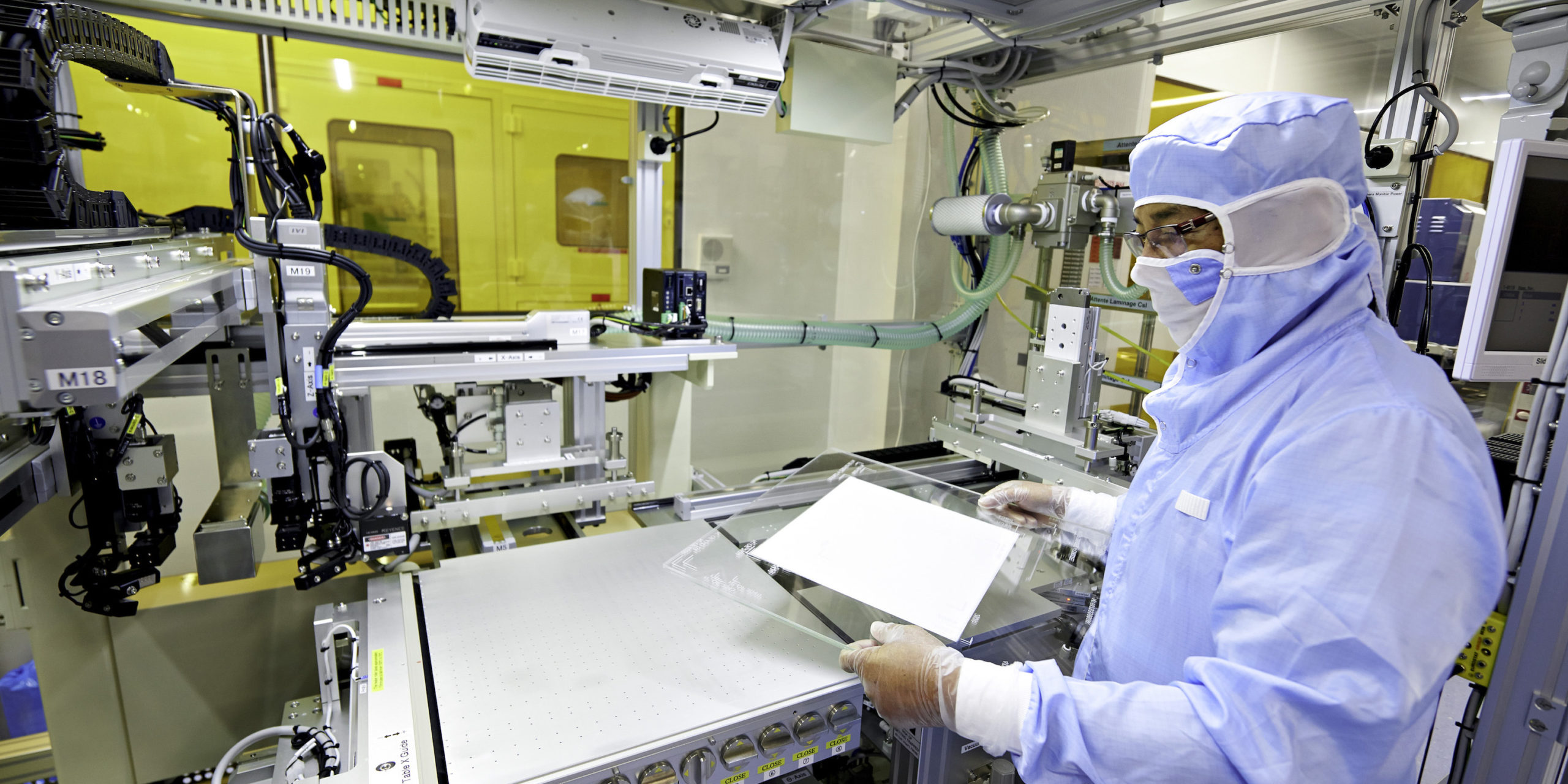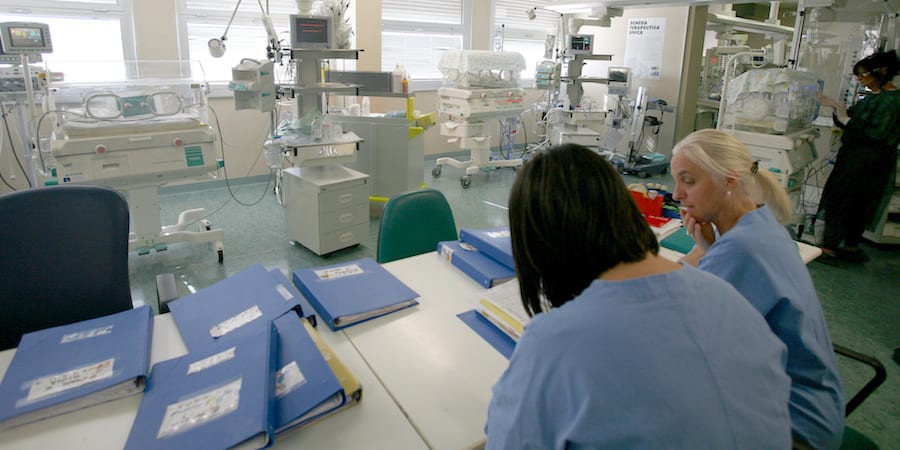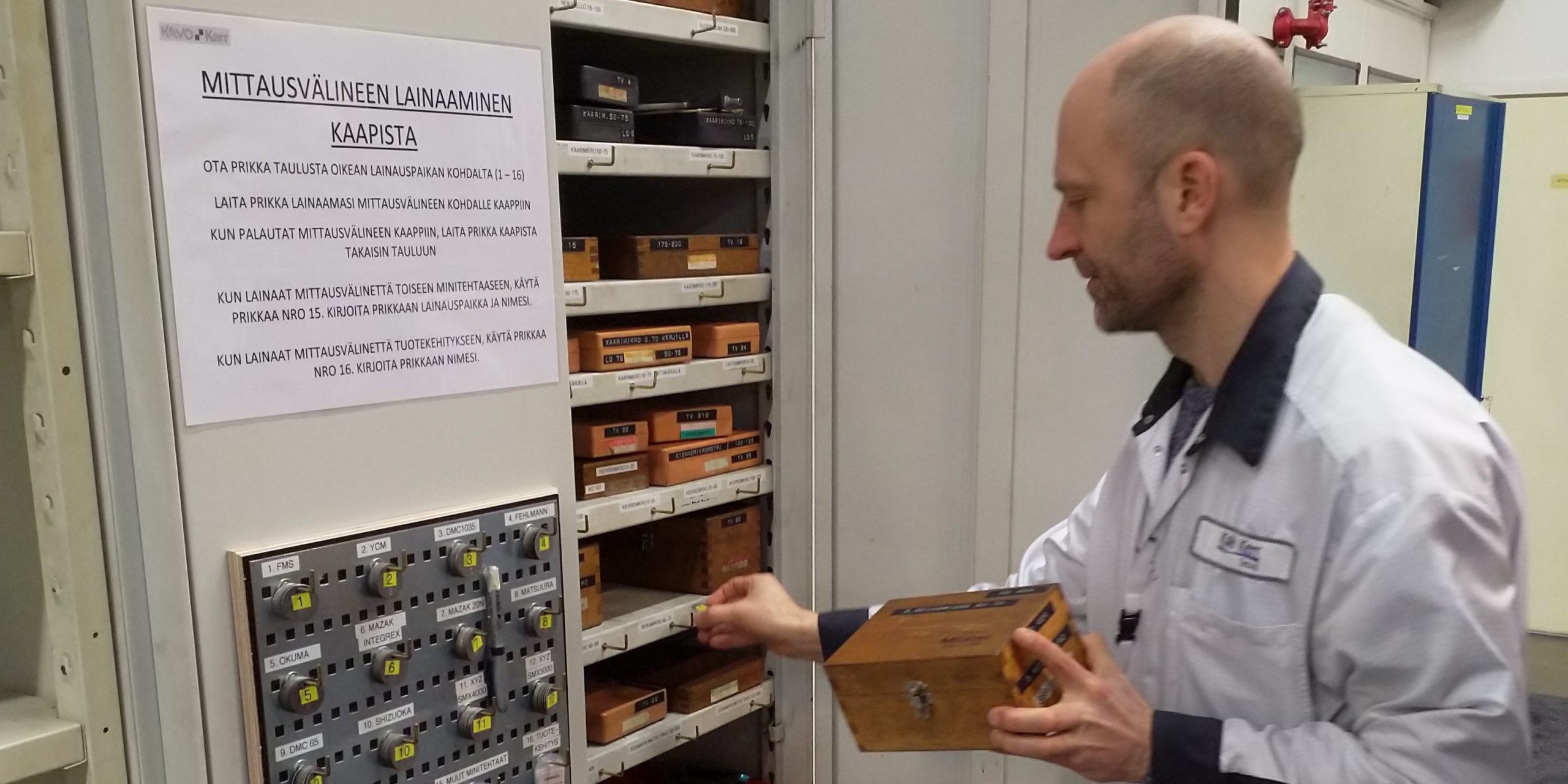
The staff-driven transformation of a children's hospital
FEATURE - What if it were your staff driving change rather than managers? A focus on improvement at the front line and on people development proved critical to the lean transformation of a Stanford hospital.
Words: Luanne Smedley, Administrative Director, Clinical Access and Family Resources Services at Lucile Packard Children’s Hospital Stanford
When Lucile Packard Children’s Hospital Stanford first embarked on its lean journey, with the launch of the Packard Quality Management System (PQMS) in 2011, it wasn’t crystal clear to everyone what this new business environment would look like.
After a number of departments achieved some very positive results in the first two years, I decided, along with other hospital leaders, to take a leap of faith. As an administrative director of clinical access and family resources services, I’ve seen extraordinary outcomes in just three short years across all my teams. We have dramatically increased staff engagement and development, and achieved higher levels of quality, safety and experience for patients and families.
Overseeing a diversely specialized staff of approximately 400 people across 18 departments – including case management, social services, housing & transportation, resource center, child & family life services, chaplaincy, nurse staffing office, nursing float teams, medical interpreters, patient placement, vascular access, critical care transport, and the transfer center – wouldn’t be easy. I knew that from the beginning. I started by talking to my staff about PQMS and we all agreed that we didn’t really know where to begin, but we’d get started somewhere and give it a shot. By the following year, my division had more formal support from Performance Improvement, which proved decisive.
Dani Scapa, performance improvement manager, provided the guidance and insight that set us in motion. At first it was daunting: there was a series of tasks that were like puzzle pieces, but it was difficult to understand how to put them together. I didn’t understand how all of the terms and components were related, even though I understood them in isolation.
To help me to understand, Dani drew a bicycle on the board, and explained PQMS as a system – those terms and puzzle pieces all had a place on the bicycle. In about 12 minutes, a light bulb went on in my head. I suddenly got it.

The PQMS “bicycle” shows how the two improvement wheels – “Plan, Do, Check, Adjust” and “Standardize, Do, Check, Adjust” – work together to create a culture of continuous improvement that aims to achieve our True North goal of “nurturing care and extraordinary outcomes for healthier, happier lives.”
At that point, I embarked on a visioning process with my managers, asking each of them what they wished or needed to accomplish for FY2014. Each manager left that session with their list of goal ideas. They brought these back to their staff for input, and asked the staff what their ideas were and what they wanted to work on from the list. This step proved to be a key to success.
By the end of 2014, we had our visibility boards up, and everyone had some semblance of lean working through their daily management systems. The teams learned so much in that first year. Most importantly, we all learned how crucial it is to involve staff early on to identify goals that are meaningful, engaging, and integrated into their daily work. Everything else flows from that engagement.
For each department, there were challenges to tackle. With offices on a separate floor, and for some in a separate building, away from their patient care areas, finding the right place for the visibility wall required some brainstorming.
Another challenge was that the hospital’s quality goal for 2014 was focused on reducing Hospital Acquired Conditions (HACs). My teams – people with roles in interpreting, social work, chaplaincy, staffing, and child life – don’t necessarily have a direct impact on HACs, so I charged my managers with thinking about how their work could impact patient harm and what we could do to prevent that?
The teams succeeded on their two goals for 2014, and learned how to work in the new management system. When 2015 started, they took off the training wheels. My managers and I discussed identifying a goal for all the five elements of the PQMS House – Quality, Service, Affordability, Innovation & Education, and Respect for People. Each manager met with their own staff to come up with goals. We sped up the process and were ready by October, one month into the fiscal year.
The entire staff worked tirelessly over the course of the year and, nearing the end, they wanted to host a session where they could report on their outcomes to the entire organization. That event happened on August 13, 2015 in the hospital auditorium, with an audience of close to 100 people representing senior leadership, physicians, performance improvement, human resources and more – basically everyone we’d worked with over that year, who had supported us as a division and helped us to succeed.
It was phenomenal. The managers did the introductions, but it was the staff themselves who presented all of their work – their goals, process checks, results (both good and bad), their struggles, their successes, what they would do differently, what they had learned.
There is no doubt that the biggest success of our journey is in changing the way people think. In fact, this transformation, at the very foundation, is all about developing people: they get to learn to do this work from the ground up. Managers and directors are not leading the work; staff is. Seeing how people can blossom in their profession, in their roles, as individuals as well as professionals, was incredibly satisfying and empowering.
The teams noticed dramatic outcomes in key areas. In case management, the service goal was to improve discharge prediction to 50% accuracy – which they exceeded: in just two years, accuracy in our ability to predict which patients would be discharged the next day improved from 15 to 55% of the time. But the team has no plans to stop there. This year, they are aiming for 60% accuracy.
In the Care-A-Van for Kids program, which provides free transportation assistance to and from medical appointments for kids, they had two goals for harm reduction. The first was to ensure that the cars were cleaned once a day to ensure infection control; the second was to ensure that everyone entering the car would wash their hands with antibacterial gel. Because Care-A-Van is staffed by volunteers, the manager wasn’t sure how much to expect. So, the job description was changed and a letter sent out to volunteers explaining the importance of the goal. Starting with zero car washes in September 2014, the team was up to 50% of the cars being washed daily after six months. When they sustained that for 6-8 weeks, we encouraged them to bump it up. Now they’re getting 75% of the cars cleaned daily. Results in hand washing made even stronger improvements. Teams added a laminated reminder sign to the back of the seats in every car. This, combined with a verbal reminder from the driver, brought hand-washing rates for each passenger up to nearly 100% consistently.
The work being done in Clinical Access and Family Resource Services represents the highest ideals of PQMS – namely, the continuous improvement of care for our patients and their families with staff and leadership collaboration at the front line. The clinicians and staff are dedicated to working together, by the dozens, developing themselves as they improve for our patients.
THE AUTHOR

Luanne Smedley is Administrative Director, Clinical Access and Family Resources Services at Lucile Packard Children’s Hospital Stanford
Read more


NOTES FROM THE GEMBA – A culture in which problems are tackled as soon as they appear and the production and product development teams work closely together is helping this French healthcare technology company to thrive.


FEATURE – Another month, another story of a lean project told by the Siena hospital front-line folks. This time we take you to the Intensive Care Nursery, whose layout was transformed to provide better care to premature newborns.


INTERVIEW – General Electric’s Angie Norman talks to our editor about the lean journey of the company’s Finance department and how the area became a driver of GE’s overall transformation.


FEATURE – When people become enthusiastic about improvement work, there's no limit to what can be achieved. Join the author on a visit to a Finland-based manufacturer, whose lean efforts range from production to customer service.

